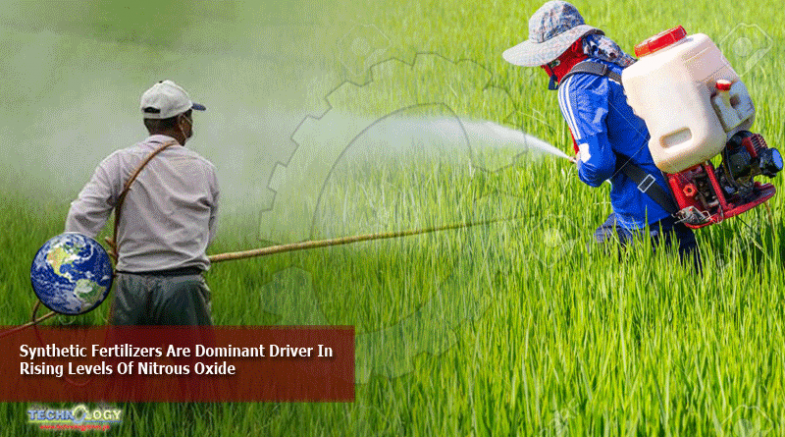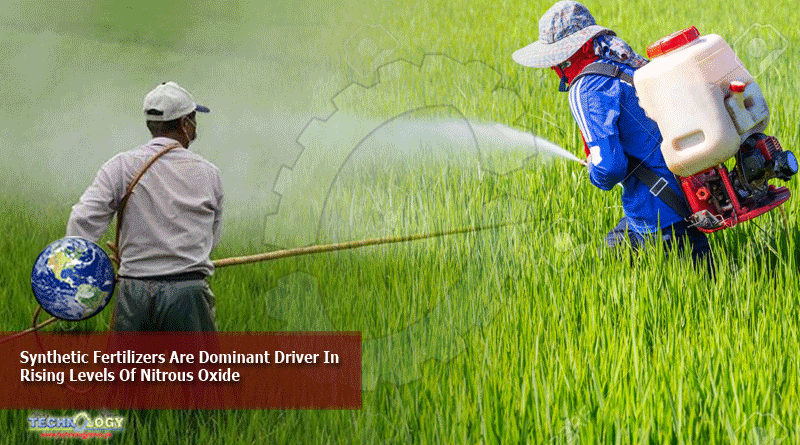Synthetic Fertilizers, Along With Manure Produced By Livestock & Used As Natural Fertilizer, “Dominant Driver” In Rising Nitrous Oxide Levels

a greenhouse gas, in the atmosphere, said a paper published in the journal Nature on Wednesday.
A co-leader of the study, Josep Canadell, executive director of the Global Carbon Project, said the analysis “calls for a full-scale rethink” of nitrogen fertilizer, consideration of sustainable food production practices, and a reduction in food waste. “These findings underscore the urgency and opportunities to mitigate nitrous oxide emissions worldwide to avoid the worst of climate impacts.” Nitrous oxide, as a greenhouse gas, is 300 times more potent than carbon dioxide.
Research by a consortium of 57 scientists in 14 countries found that nitrous oxide’s has risen by 20% in the atmosphere since the Industrial Revolution and that emissions have accelerated in recent decades due to various human activities. Agriculture contributed almost 70% of emissions from 2007 to 2016.
“The dominant driver of the increase in atmospheric nitrous oxide comes from agriculture, and the growing demand for food and feed for animals will further increase global nitrous oxide emissions,” said professor Hanqin Tian of Auburn University, co-leader of the study and director of the International Center for Climate and Global Change Research. “There is a conflict between the way we are feeding people and stabilizing the climate.”
The highest growth rates for emissions were in developing countries, including China, Brazil, and India. Europe was the only region to reduce its emissions of nitrous oxide in the past two decades. An estimated 100 million tons of nitrogen fertilizer is used each year on crops around the world. An additional 100 million tons of nitrogen are produced by livestock as part of manure, much of it falling on pastureland.
This news was originally published at agriculture.com
